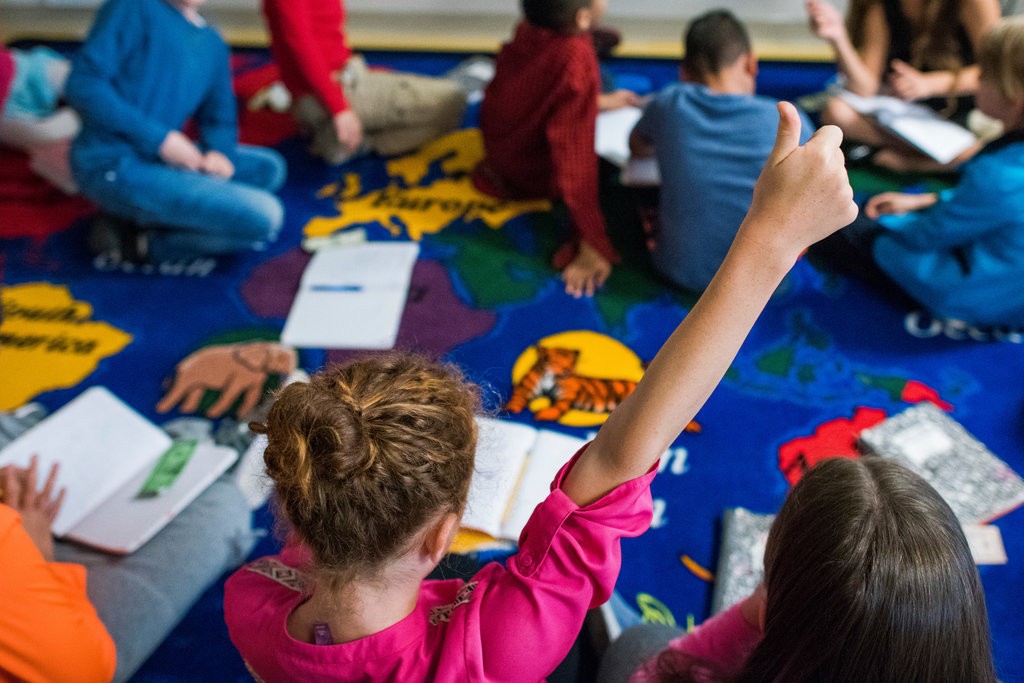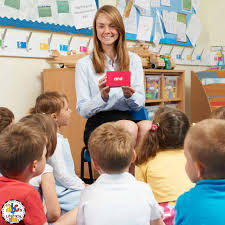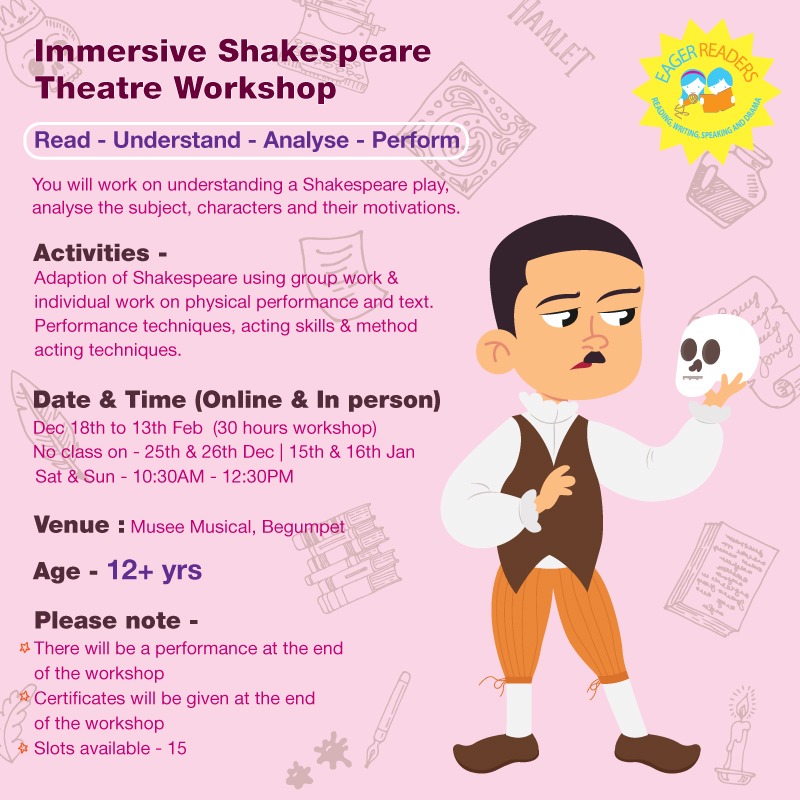Want to Raise Your Child to Love Reading? Read These Secrets
source- New York Times“You’re the children’s books editor?” Someone has said this to me, usually with a smile, at least once a week in the almost three years I’ve been at The New York Times. “What a cool job!” is the subtext. But lurking in the background are almost always other questions, sometimes more pressing ones about kids’ reading in general. “What should my second grader be reading?” a colleague asked the other day, adding, “She’s obsessed with the books in that series with the different flower fairies, and I can’t get her interested in anything else.” A neighbor recently approached me with a worried look and said, “My 10-year-old will only read graphic novels. What should I do?”
Clearly, there’s a lot of uncertainty out there among parents when it comes to children’s books, and also an earnest desire to make the right choices and do the right thing. Parents realize the stakes are high, and childhood passes quickly.
So when the Guides team approached Pamela Paul, the editor of the Book Review, about writing a guide to raising readers, and she asked if I was interested, I jumped at the chance. (Find it here.)
Much of what I do every day is sift through new books, deciding which ones we should assign for review, or which ones might make for a good feature story. I try to balance for different ages, different genres and books by authors from a variety of backgrounds. There’s always the thrill of discovering a book I can’t wait to tell our readers about.
I’ve also learned a great deal. I’ve seen that the classics quite often endure — kids still love “Frog and Toad” and “James and the Giant Peach” — and that new things are happening, too. I’ve watched the We Need Diverse Books movement foster a change in the publishing industry — there were more books published this year than when I started that have children of different races, ethnicities, cultures and abilities occupying center stage, as well as more girls. (This was overdue, given that over half of American kids now are not white — and obviously half are not boys.)
I’ve seen the growing acceptance of comics and graphic novels as legitimate literary forms that are not just appropriate for children to read, but for many children a better vehicle for learning to read in the first place, and enjoying reading as they mature. (The answer to my neighbor’s question, by the way, was a list of amazing graphic novels to be sure to give to her kid.)
But before this guide there hadn’t been any other format for big-picture kid lit advice at The Times. Even the categories children’s books fall into — board books, picture books, early readers, chapter books, middle grade, young adult — can be confusing for parents. I have three kids of my own — they’re now 14, 11, and 6½ — and I myself hadn’t fully understood the differences until I began this job. Explaining them takes up half the guide itself.
As we got started, I thought harder about what my “secrets” are. There are certain things I’d never even articulated before. For example, the importance of reading to toddlers during the day, not just at bedtime. Or how important it is for your children to see you reading — grown-up books — if you want them to become readers. I realized how fortunate I was to grow up in a home in which both my parents were reading books all the time, with books coming in and going out regularly. My dad, who’s 86, still makes a weekly trip to the local library. And both my husband and I are always reading at least one book at any given moment. (Often we have a book open when one of our kids is demanding something or other from us. It’s a great excuse to ignore their more inappropriate or just annoying requests! It’s for their own good, you see.)
In making the guide, Ms. Paul, Karen Barrow (the editor whose brainchild this was) and I got to ask one of our favorite illustrators, Dan Yaccarino, to contribute the illustrations — using animation, which was extra fun. They came out great and really captured the spirit of what we were trying to say: Encourage your children to read all kinds of books, in all kinds of places, and to talk about them and share their enthusiasm. Be part of the community of readers — visit your local libraries and bookstores. Make reading a joyful, constant presence in your family’s life, right from the first months your baby is home.
The stakes are high, not just for individual children and the adults they become, the adult lives they’ll lead, but also for — and I am not exaggerating here, I really believe this — our civilization. Democracy depends on people capable of thinking critically and that often rests on reading critically. For most people, these habits start in childhood.
I guess one sign that this was a fruitful thing to do is this feeling I have that I still have more to say on the topic. As they say in kids’ books series, to be continued.





